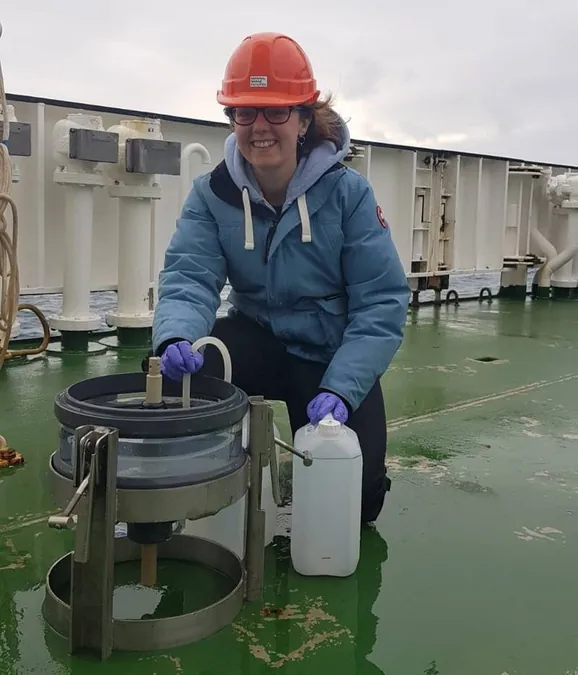
Revolutionary Study Discredits Diatoms as Key Players in Ocean Carbon Storage!
2025-01-09
Author: Daniel
Groundbreaking Findings from the UK National Oceanography Centre
A groundbreaking study led by the UK National Oceanography Centre (NOC) has cast doubt on the long-held belief that diatoms—tiny, microscopic algae—are crucial to the ocean's ability to store carbon. This new research, which analyzed findings from two significant expeditions to the Southern Ocean's elusive twilight zone, challenges traditional views on how carbon is sequestered in our oceans.
The Role of Diatoms in Carbon Storage Challenged
Diatoms, characterized by their dense, glass-like silica shells, were previously thought to sink to the ocean floor, transporting carbon down with them. This process was believed to be a vital part of what scientists refer to as the biological carbon pump, which is responsible for removing billions of tons of carbon dioxide from the atmosphere each year.
Surprising New Revelations
However, the latest findings reveal a startling twist: instead of sinking below the surface, diatom skeletons often remain suspended in the upper layers of the ocean, while carbon is transported to the depths using other mechanisms. "This discovery forces us to rethink the ecological processes that define the biological carbon pump," explained Dr. Sari Giering, the lead researcher at NOC.
Implications for Carbon Storage Understanding
Research shows that while previous studies focused on carbon deposits at the seabed, this new investigation reveals that diatoms might not be as central to Southern Ocean carbon storage as previously believed. This raises questions about other unknown processes occurring in the twilight zone that could be vital to carbon transport.
Diatoms and Ocean Warming
In light of this new data, concerns over ocean warming's impact on diatom communities and the biological carbon pump seem less dire than expected. Dr. Giering continued, "Although the Southern Ocean is at risk of warming, which could affect diatom populations and nutrient availability, our findings suggest that the ability of this region to store carbon may not be as significantly threatened as once thought."
Research Methodology and Projects
The research was part of two major NOC-led initiatives—the COMICS and CUSTARD projects—which aimed to better understand carbon dynamics in the ocean's mesopelagic zone. Over the course of two five-week expeditions, scientists studied various sites across the Southern Ocean, including nutrient-rich and nutrient-poor waters, utilizing advanced technologies to gather comprehensive data.
Looking Ahead
As scientists continue to unravel the complexities of carbon cycling in our oceans, the need to further examine the processes at play in the twilight zone becomes critical. Understanding these dynamics could significantly enhance our predictions about the ocean's future role in carbon storage, ultimately informing climate change mitigation strategies.
Conclusion
Stay tuned as this research could reshape the future of marine ecology and carbon management worldwide!


 Brasil (PT)
Brasil (PT)
 Canada (EN)
Canada (EN)
 Chile (ES)
Chile (ES)
 Česko (CS)
Česko (CS)
 대한민국 (KO)
대한민국 (KO)
 España (ES)
España (ES)
 France (FR)
France (FR)
 Hong Kong (EN)
Hong Kong (EN)
 Italia (IT)
Italia (IT)
 日本 (JA)
日本 (JA)
 Magyarország (HU)
Magyarország (HU)
 Norge (NO)
Norge (NO)
 Polska (PL)
Polska (PL)
 Schweiz (DE)
Schweiz (DE)
 Singapore (EN)
Singapore (EN)
 Sverige (SV)
Sverige (SV)
 Suomi (FI)
Suomi (FI)
 Türkiye (TR)
Türkiye (TR)
 الإمارات العربية المتحدة (AR)
الإمارات العربية المتحدة (AR)